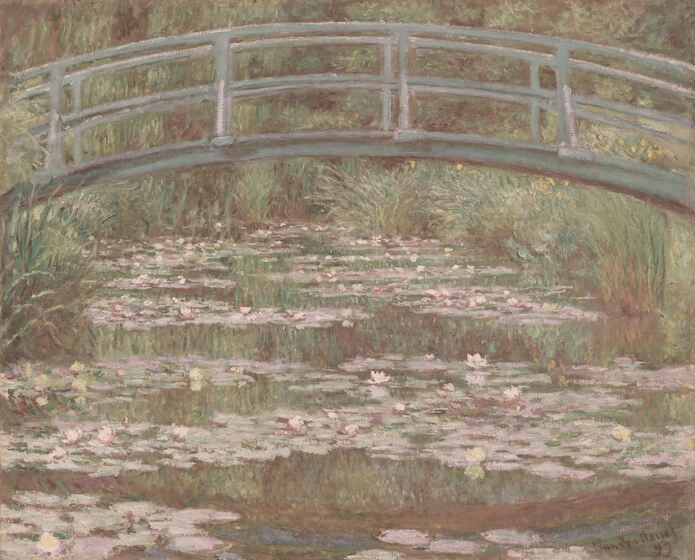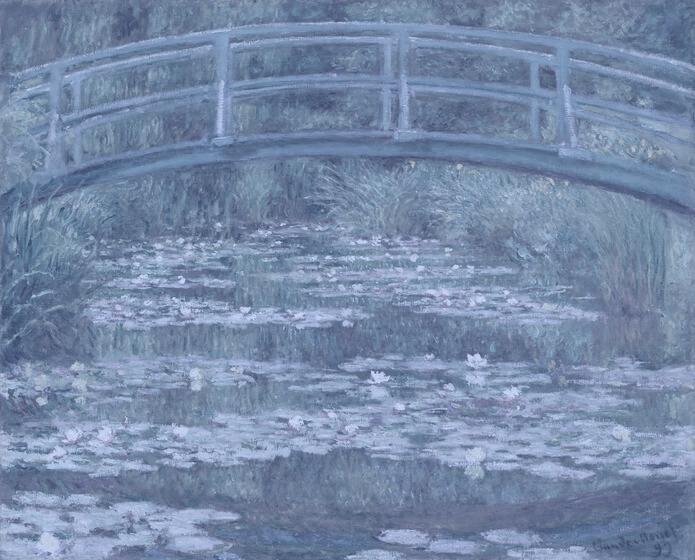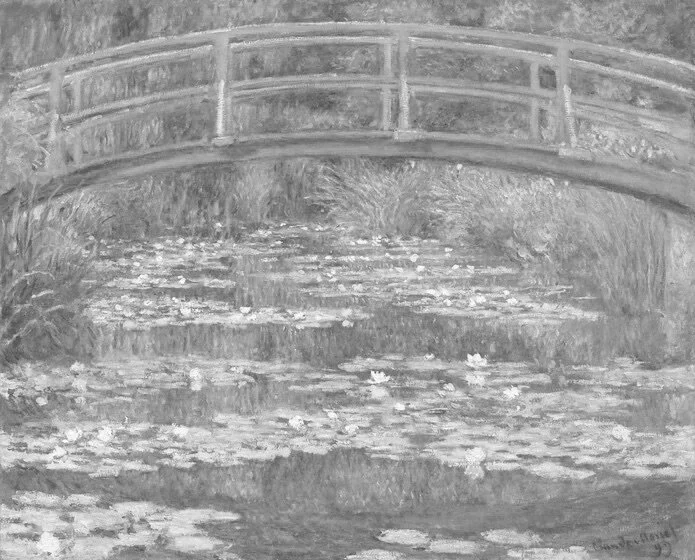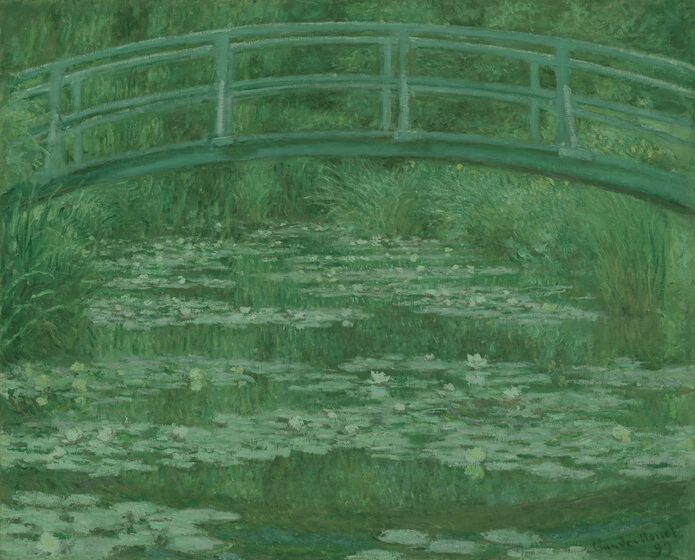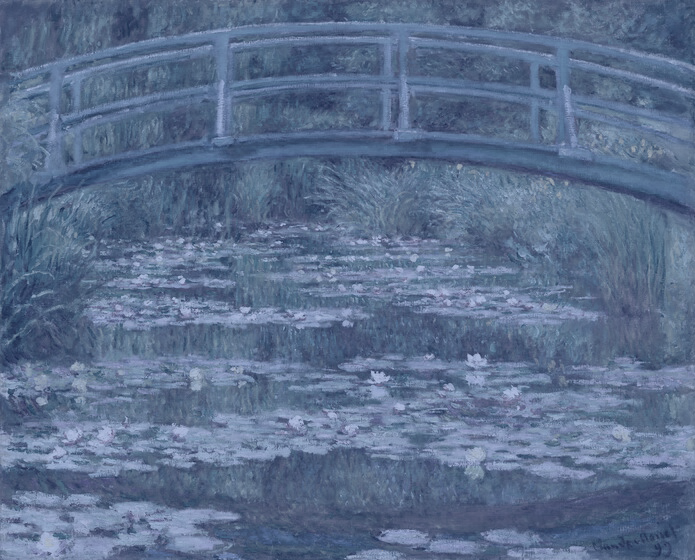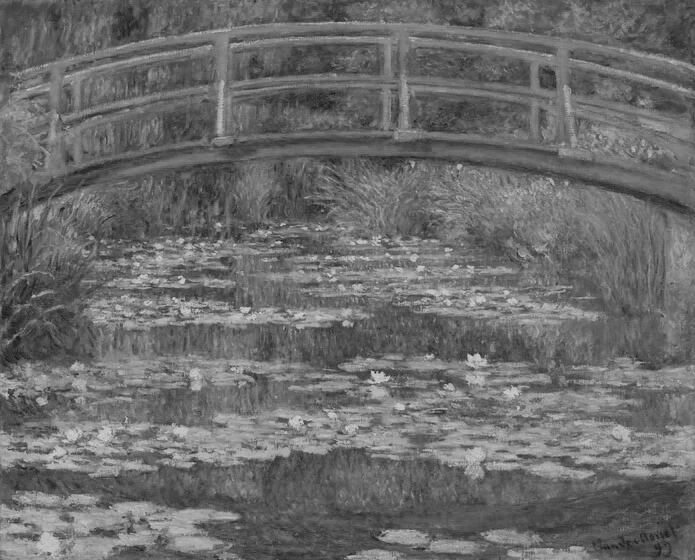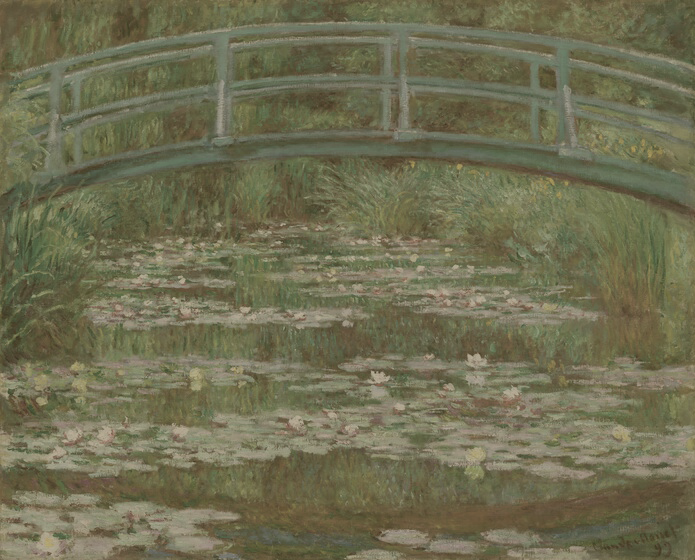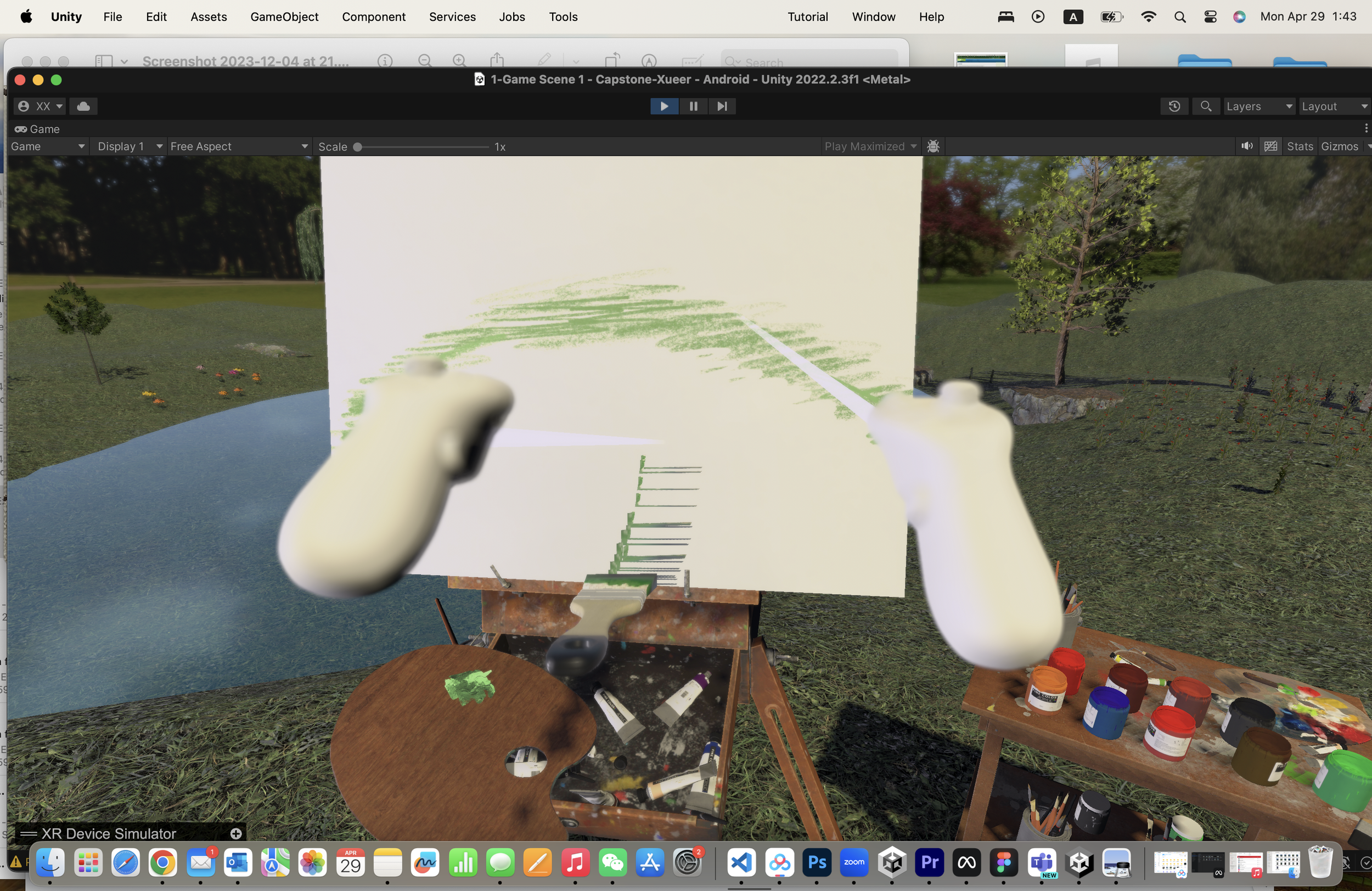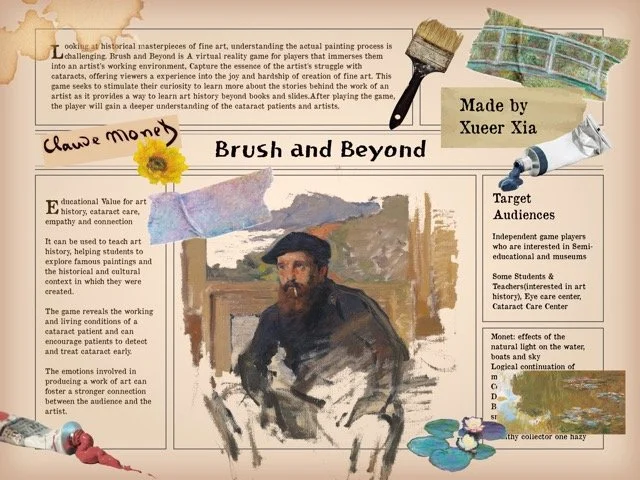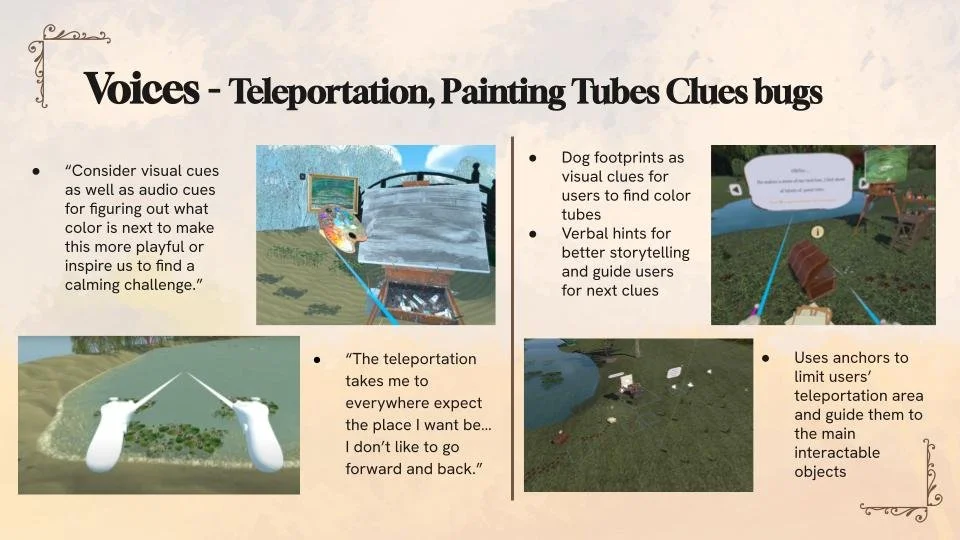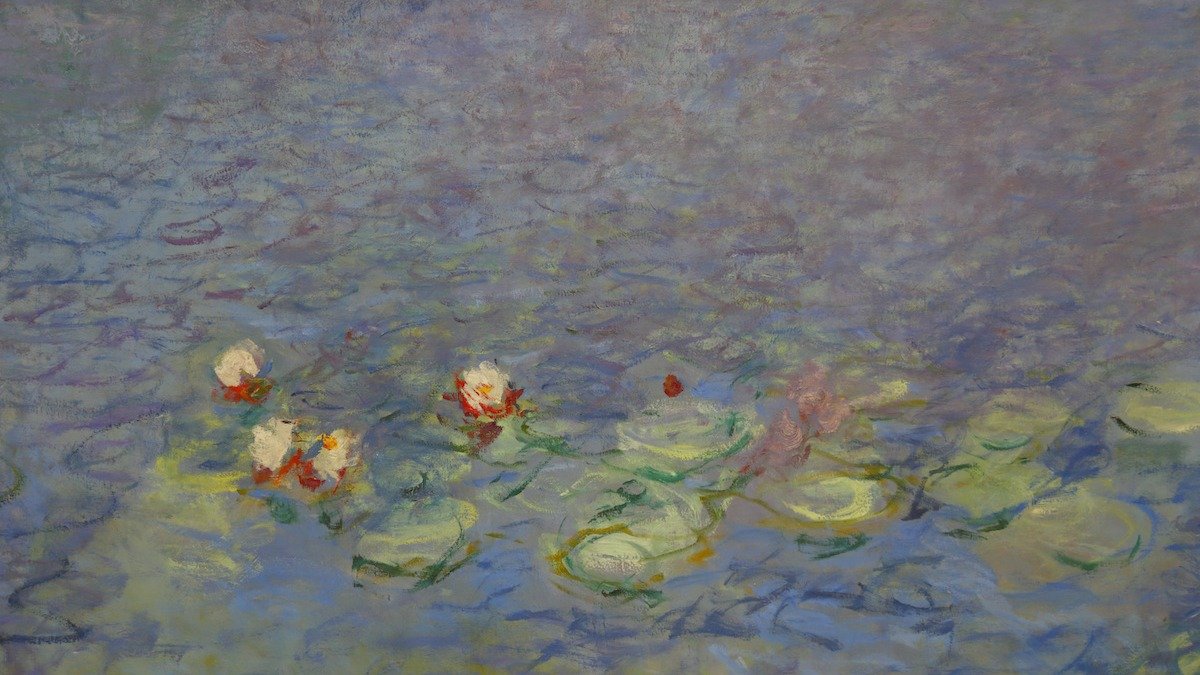
Brush and Beyond Journal
Looking at historical masterpieces of fine art, understanding the actual painting process is challenging. Brush and Beyond is A virtual reality game for art history students that immerses them into an artist’s working environment, allowing them to experience the artist's perspective through the joy and hardship of creation of fine art. After playing the game, the player will gain a deeper understanding of the artist and their process.Additionally this game seeks to stimulate their curiosity to learn more about the stories behind the work of an artist as it provides a way to learn art history beyond books and slides.
Target Audiences
Independent game players who are interested in semi-educational, Museums
Some Students & Teachers(interested in art history), art lovers, art-related workers, gamers, kids, artists
Design Values
Educational Value:
It can be used to teach art history, helping students to explore famous paintings and the historical and cultural context in which they were created. It can also be used to teach the principles of art and design in an interactive and engaging way.
Accessibility:
This democratization of art can help bring the world of art to a broader and more diverse audience.
Empathy and Connection:
They can gain insight into the creative process, the challenges faced, and the emotions involved in producing a work of art. This can foster a stronger connection between the audience and the artist.
Project Timeline
Week 1
-

Game UI
Add reference panel,UI buttons to help user control panels
-

Game mechanism prototype
Create a Figma file to demonstrate the painting process and do some research about how to address VR drawing function in unity.
-
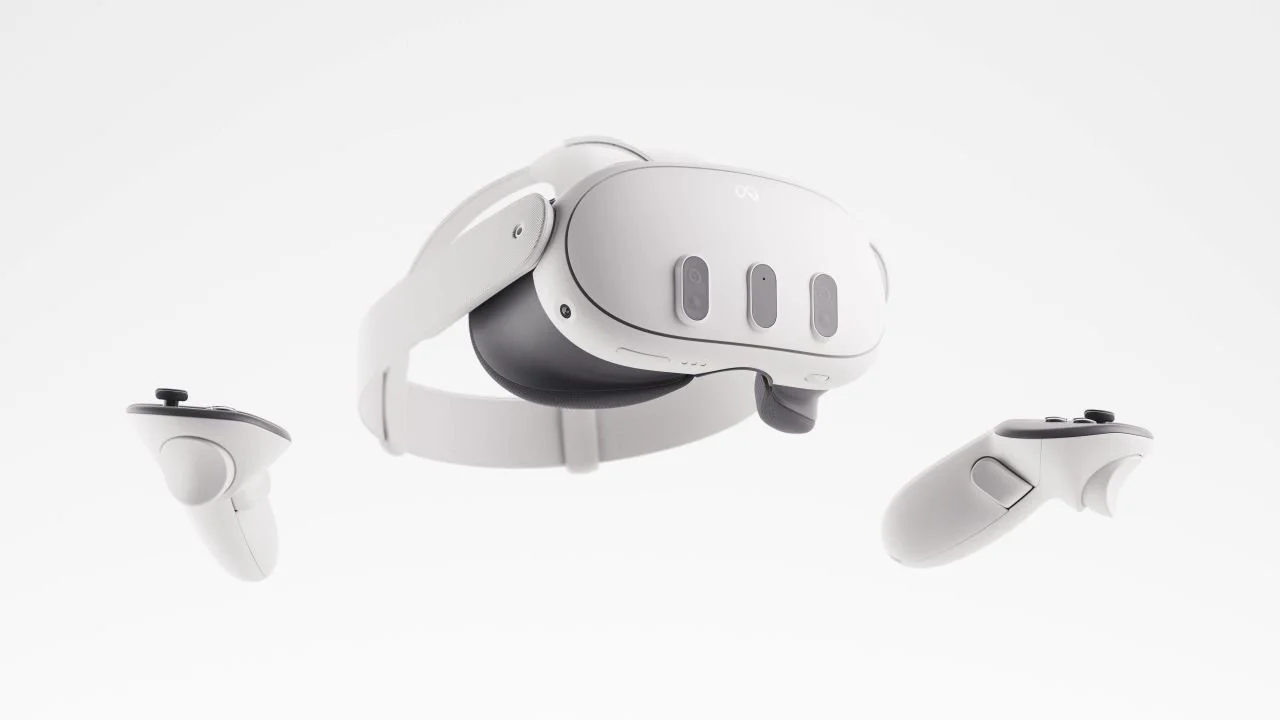
Hardware Deploy
Find out how your headset is set up and how long it can be borrowed
Week 2
Meta Quest3 deployed test result
The overall scene is relatively restored, and there is not much difference from the Unity game simulation. However, the material volume in the scene is large and requires more time for the headset to render. The blur filter renders well. Many bugs need to be fixed after the first test, see the list below for details.
Bugs need to be fixed
Materials render issue includes water materials and willow shadow.
The rendering material is too large, causing the rendering in the VR world to be unmet.
The height of the equipment observation easel.
The scene transitions between Monet’s workspace and the painting scene.
The painting mechanism needs to be developed.
Week 3-4
Game mechanism coding prototype (Done)
Develop a painting system allowing users to choose colors, and brush materials, and then draw costume strokes on canvas.
Research on VR painting color mixture coding logic.
Game mechanism coding prototype (TBD)
Finish VR painting color mixture coding.
Separate the canvas into different sections.
Figure out how to give users clues according to sections.
Redesign brushes, change brush materials, and create oil painting brush textures.
Bugs still need to be fixed
Materials render - willow shadow.
The scene transitions between Monet’s workspace and the painting scene.
Create a Monte workspace as the first scene.
Week 5(Game Mechanism Concept Data Test)
Game Mechanism Concept Data Test
I am designing a system to visually represent the impact of user choices on the screen. For instance, when the user selects "gray" initially, the screen will predominantly display shades of gray. Subsequently, if the user selects another color like "red" in the second step, the screen will exhibit a combination of gray and pink hues. This process continues, resulting in a total of 64 potential combinations when the third selection is made.
To organize these possibilities systematically, I've arranged them in a table with corresponding serial numbers. This table allows users to track their choices and observe the evolving visual effects on the screen.
Test Result
Among the 64 possible images, half of them are repetitions, which might not offer new visual experiences to the user. Moreover, if the user selects the same color multiple times, the resulting image may become excessively bright, making it challenging to discern the original visual effect.
This game mechanism not only imposes a heavier programming workload but also lacks engaging gameplay and playability. Without meaningful variations or challenges, users may quickly lose interest in the experience. Therefore, it's crucial to reevaluate the design to introduce elements that enhance engagement and provide players with a more enjoyable and rewarding interaction.
Game mechanism coding prototype (Needs to be finished)
Finish VR painting color mixture coding.
Separate the canvas into different sections.
Figure out how to give users clues according to sections.
Redesign brushes, change brush materials, and create oil painting brush textures.
Bugs still need to be fixed
Materials render - willow shadow.
The scene transitions between Monet’s workspace and the painting scene.
Week 6-7(Garden Scene Reconstruction)
Monet's Garden Scene Reconstruction
After delving into numerous documents, and photo collections, and utilizing resources like satellite maps and 360-degree views of Monet's estate in France, I've successfully reconstructed a portion of Monet's iconic garden within the game.
To alleviate the rendering burden on the headset, I strategically positioned the 2D texture in the background while applying specific filters to generate a high-precision game scene. This approach not only optimizes performance but also ensures that the visual quality remains intact, allowing players to immerse themselves fully in the game without compromising on graphical fidelity.
Game mechanism coding prototype (Needs to be finished)
Deploy two game scenes in the headset.
Separate the canvas into different sections.
Figure out how to give users clues according to sections.
Redesign brushes, change brush materials, and create oil painting brush textures.
Bugs still need to be fixed
Materials render - willow shadow in headset.
Week 8-10(Documentation Video)
Garden Scene Clue demo and interaction prototype
After three weeks of intensive brainstorming and research, I've devised an intriguing mechanism for users to unlock and progress through the game. Inspired by Monet's own experiences, I introduced a captivating plot twist involving Monet's mischievous puppy wreaking havoc in his studio. Drawing on historical accounts of Monet's struggles with cataracts, I integrated themes of perseverance and artistic vision into the narrative.
A pivotal detail in the game involves the strict order in which colors are placed on the palette, which serves as a clever clue for users to discover the missing paint tube hidden by the playful puppy. Once retrieved and returned to its rightful place on the palette, users are seamlessly guided through the process of completing the unlocking of the painting, allowing them to advance further in the game.
This narrative-driven approach not only adds depth and intrigue to the gameplay but also provides players with a unique and immersive experience that pays homage to the legendary artist Claude Monet.
The Documentation video shows the general storytelling of the game and some frame from the second level.
Game mechanism coding prototype (Needs to be finished)
Deploy 3 game scenes in the headset.
Link every sections and provide users with real-time voice guidance and guidance
Redesign brushes, change brush materials, and create oil painting brush textures.
Week 11-12
Game mechanism coding prototype (Needs to be finished)
Deploy all game scenes in the headset.
Link every section and provide users with real-time voice guidance and guidance
Redesign brushes, change brush materials, and create oil painting brush textures.





